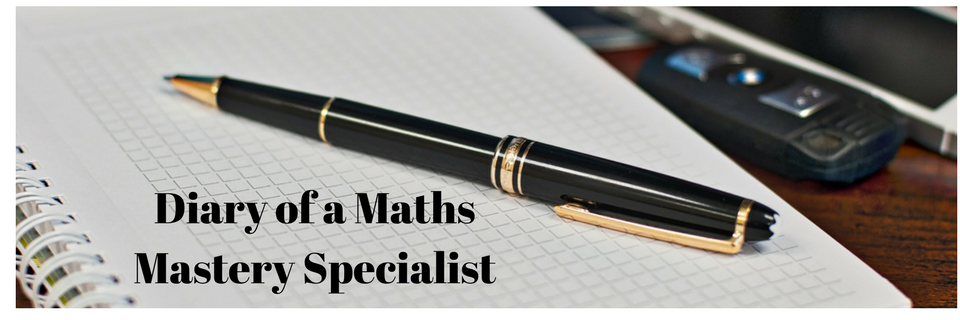The Expected Standard
The Ofsted guidance on assessment contains multiple references such as
pupils achieve the expected standards by the end of year
Unfortunately, there isn't any such thing as 'the expected standard' any more, except for Years 2 and 6. The 2014 National Curriculum has no attainment targets in it, and no levels.
The DfE only says:
The DfE only says:
The curriculum must include an assessment system which enables schools to check what pupils have learned and whether they are on track to meet expectations at the end of the key stage.So who decides what the 'expected standard' is for each year group?
The National Curriculum
It should be easy for Maths. After all the new National Curriculum sets out the suggested teaching objectives for each year group. Surely these make up 'the expected standard'!
But do we expect a child to be able to demonstrate every statement? What about 50%? Or 90%? Maybe some of those teaching objectives are more important than others?
We don't really know what 'the expected standard' is for Year 6 yet either. The abandoned 'Performance Descriptors' talked about 'the majority' of the elements, so that implies 50% of the objectives. The new tests will cover the teaching from Years 3-6 and have an 'expected score' (which will be scaled to 100); we don't know what this will be yet (it used to change year on year anyway).
Assessment Systems
There seem to be two schools of thought on assessment systems. Some take all the statements and turn the yearly programmes of study into a checklist. Rising Stars has a system like this, exemplifying each statement at three levels for 20 pages. Some stick a set of key statements, often based around the work done by the NAHT.
We still have to decide whether children need all the 'Key Performance Indicators', or a given percentage of the whole lot.
We still have to decide whether children need all the 'Key Performance Indicators', or a given percentage of the whole lot.
